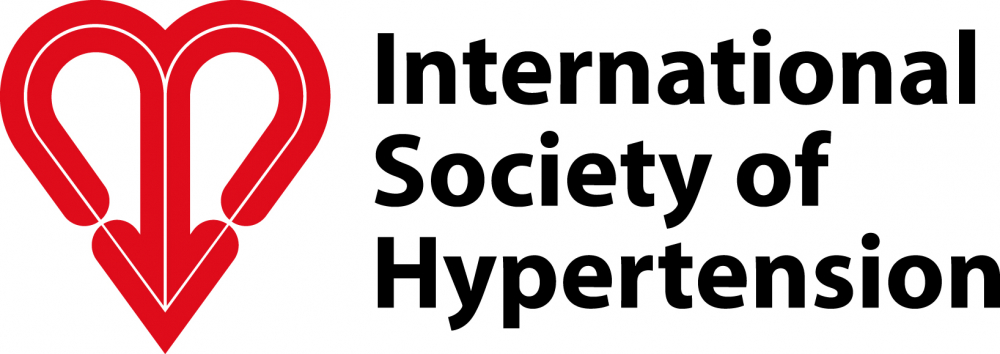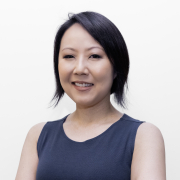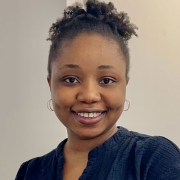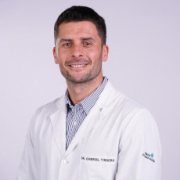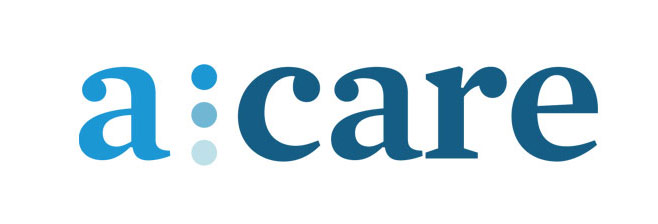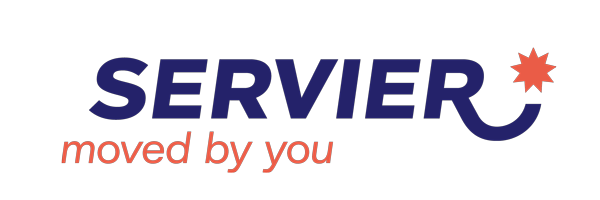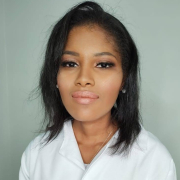
The ISH is positively committed to opposing discrimination against people on the grounds of gender, race, colour, nationality, religion, marital status, sexual orientation, class, age, disability, having dependants, HIV status or perceived lifestyle.
Our latest tweets
Follow us @ISHBP to keep up to date with the latest offers and news
Join us for Pressure Wise: a FREE community event on blood pressure and heart health! Did you know 1 in 3 Aussie adults have high blood pressure? Learn how to lower it and boost your heart health. Don’t miss out! #PressureWise @heartfoundation @strokefdn
https://tinyurl.com/45pvewsw
Read our latest Women in #Hypertension Research spotlight feature on Caroline Souza, a PhD student from Brazil.
Caroline spoke to us about her #research in #preeclampsia and more.
➡️https://ish-world.com/portfolio/october-2024-caroline-cristina-pinto-souz/
#WomeninHypertension
HEARTS in the Americas is a large regional adaptation of the @WHO Global HEARTS initiative that is supported by @pahowho.
What can be learned from the initiative?
A lot!
Read article by @deanp_BP in the latest edition of #Hypertension News:
📝https://ish-world.com/wp-content/uploads/2024/07/ISH-Hypertension-News-July-2024_Learning-from-HEARTS-in-the-Americas.pdf
We invite you to join us for our October webinar! Register here: https://tinyurl.com/mr4x6u6x
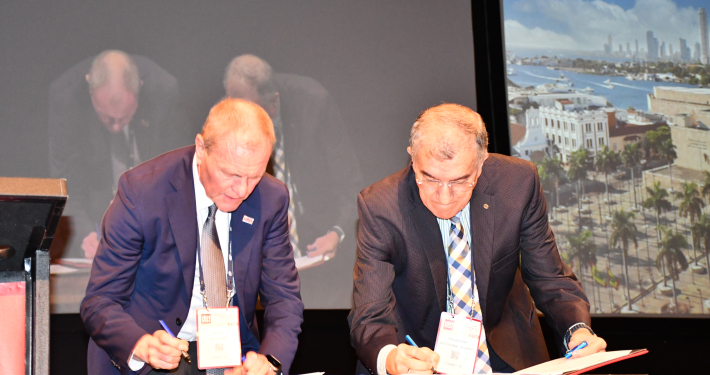
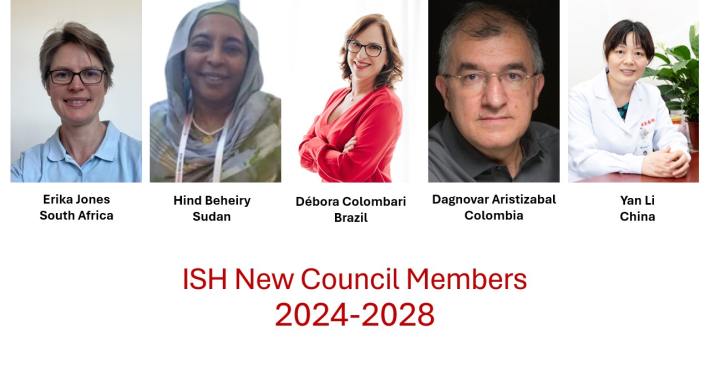
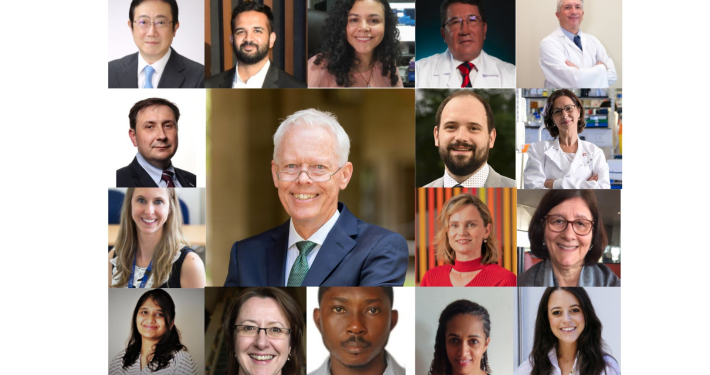
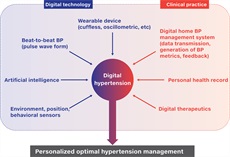
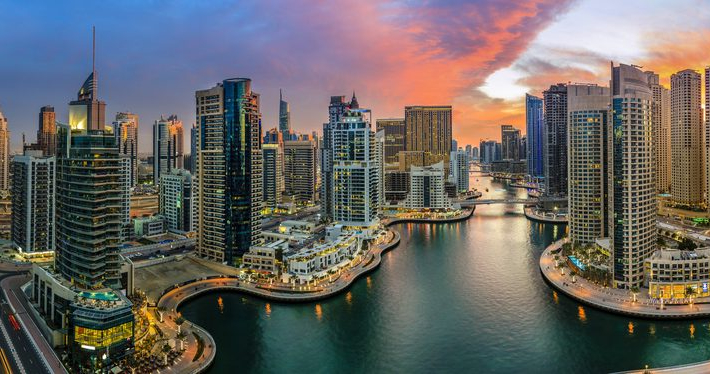
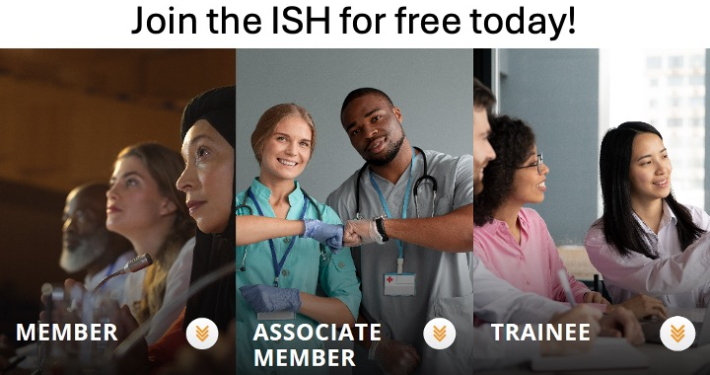
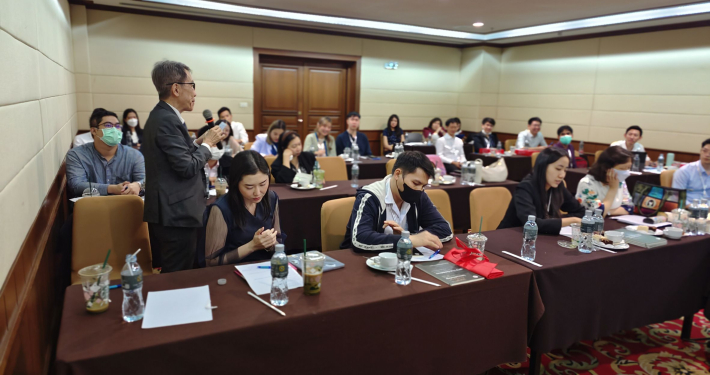

Our Corporate Members
Companies wishing to become Corporate Members of the ISH should contact the Secretariat for further details >> secretariat@ish-world.com
© 2023 International Society of Hypertension. All rights reserved. | Terms & Conditions | Privacy | Home | created by eb-webdesign.com
